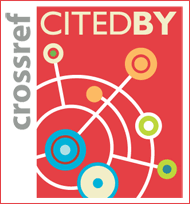ISSN : 1598-1142(Print)
ISSN : 2383-9066(Online)
ISSN : 2383-9066(Online)
Journal of architectural history Vol.34 No.4 pp.41-51
DOI : https://doi.org/10.7738/JAH.2025.34.4.041
DOI : https://doi.org/10.7738/JAH.2025.34.4.041
A Study on the Change of the Meditation Hall in the Seon Buddhism Temples of Goryo Dynasty
Abstract
In China, the meditation hall, where monks practice meditation, eat, and sleep together, appeared around the 8th to 9th centuries. The specific functions and architectural forms of the meditation hall are known by the Cheonggyu(淸規) compiled and disseminated during the Song Dynasty, when Seon Buddhism was most prosperous, and by materials recorded by Japanese monks of that time. The temple system of the Seon Buddhism temples of the Song Dynasty, including meditation hall, was transmitted to Japan at the time and had a great influence on the formation of Seon Buddhism temples in the Middle Ages. On the other hand, in Korea, until the late Goryeo Dynasty, unlike in China or Japan at the time, the meditation hall was used only for meditation practice, and the dining hall and a building called Seungmu(僧廡) for sleeping and daily life were built separately. And the meditation hall was equipped with a heating system unique to Korea called Gudeul. The meditation hall of Hoeamsa Temple, which was rebuilt by Naong(懶翁) in the end of the Goryeo Dynasty by introducing the temple system of Chinese Seon Buddhism temples, took on the general appearance of East Asian Seon Buddhism temples, but it also maintained the characteristics of Goryeo Buddhism architecture.











